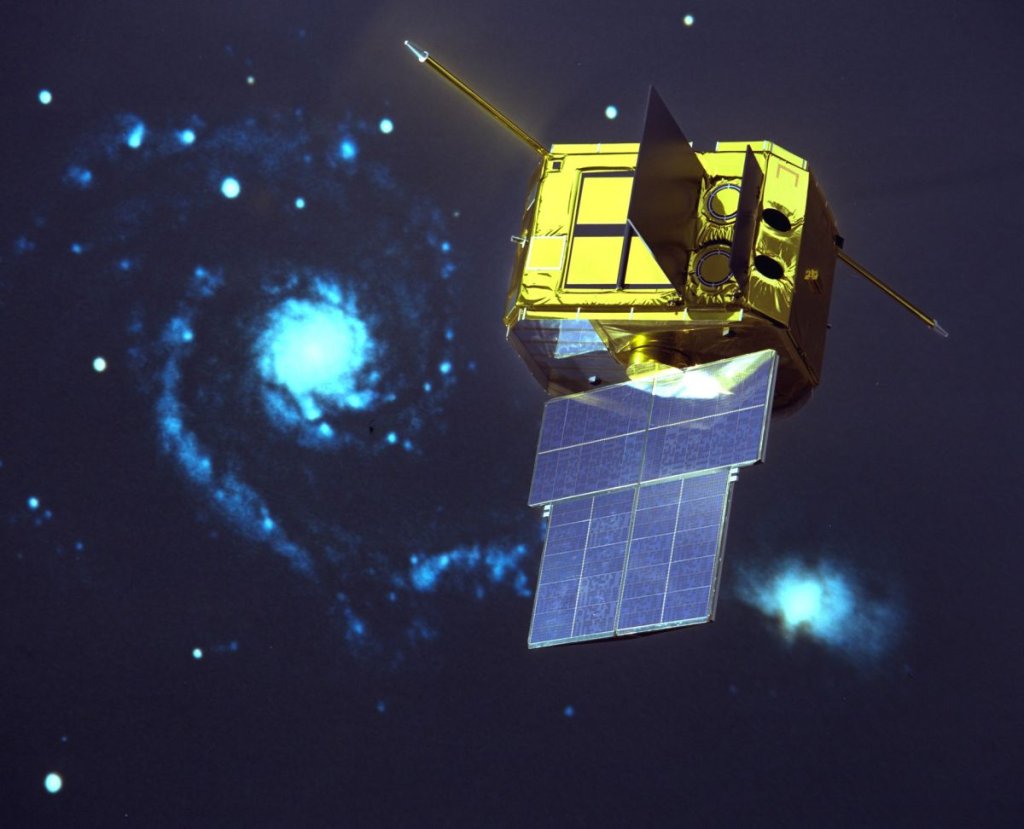
On This Day In Space: May 26, 1983: Europe launches EXOSAT X-Ray Telescope (Image Credit: Space.com)
On May 26, 1983, the European Space Agency launched its first X-ray observatory into space.
The spacecraft was called EXOSAT, which stands for European X-ray Observatory SATellite. The mission was entirely devoted to studying the universe by looking exclusively at X-ray radiation. Human eyes aren’t capable of seeing light in X-ray wavelengths.
By looking for X-rays using satellites and telescopes, astronomers can locate and study high-energy sources of radiation. This includes supernovas, active galactic nuclei, galaxy clusters, black holes, neutron stars, white dwarfs, and binary stars.

EXOSAT launched on a Thor-Delta rocket from Vandenberg Air Force Base in California. It was put in a highly eccentric elliptical orbit that took it around the Earth once every 90 hours. It made several big discoveries during its three years in orbit.
Its most famous discovery was something called quasi-periodic oscillation in X-ray binary stars. In other words, the X-ray light coming from those stars flickers periodically with very high precision like a ticking clock. The EXOSAT mission ended when the satellite deorbited and burned up in the atmosphere, but scientists are still analyzing the data and learning new things from it.
On This Day in Space Archive!
Still not enough space? Don’t forget to check out our Space Image of the Day, and on the weekends our Best Space Photos and Top Space News Stories of the week.
Follow us @Spacedotcom and on Facebook.








